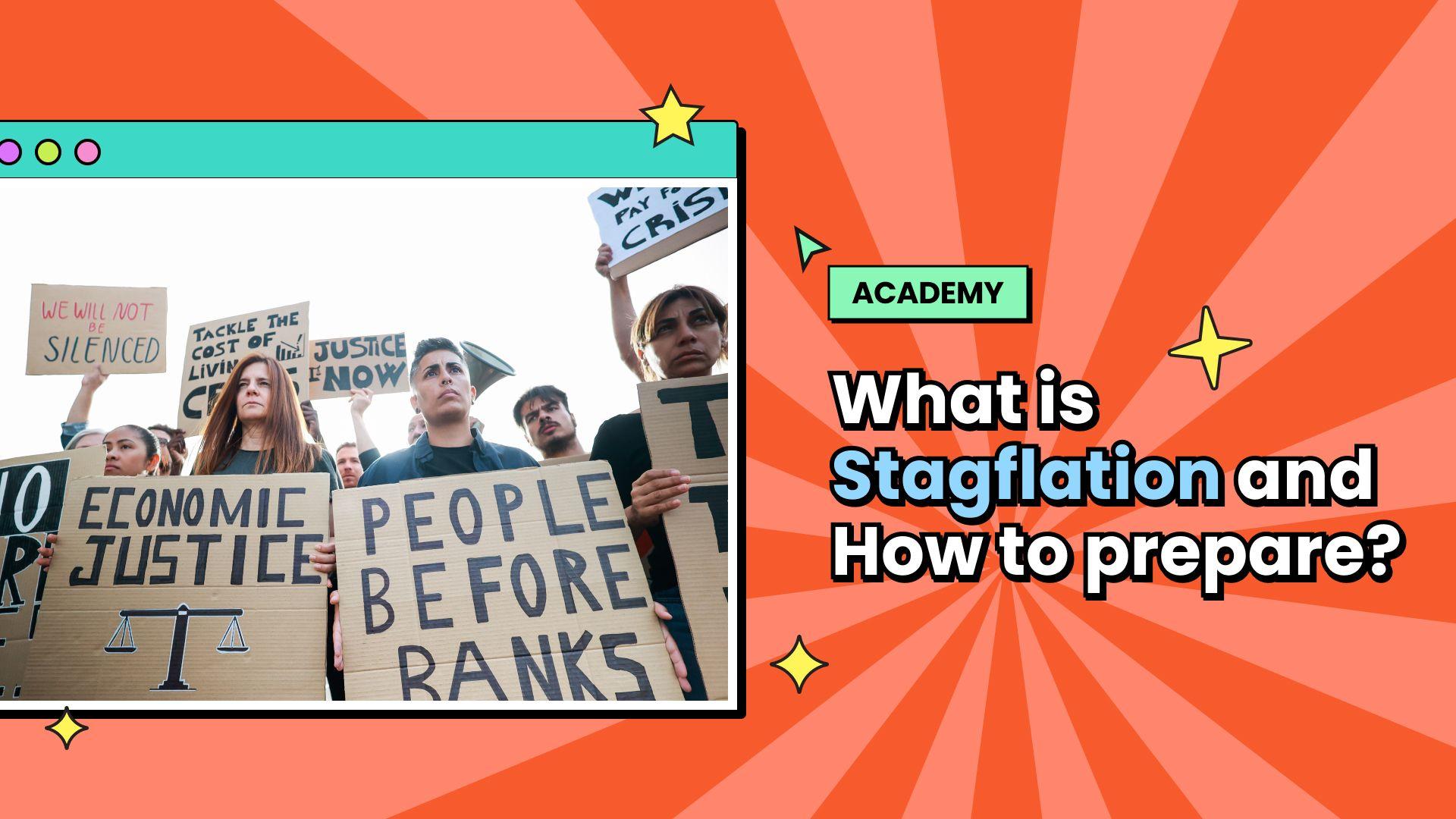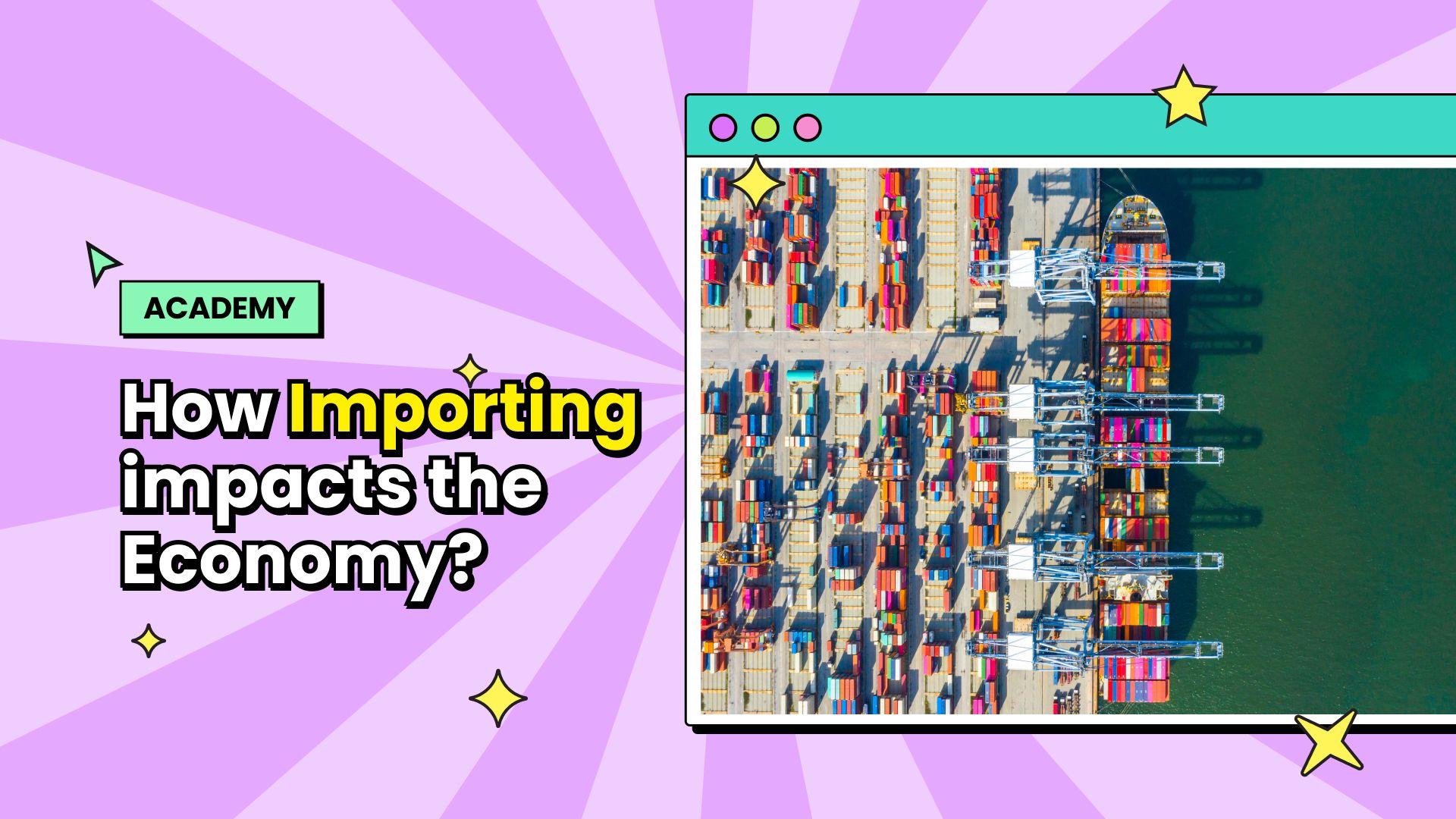What is Stagflation and How to prepare?






The global economy can be faced with a uniquely challenging scenario that combines the worst of both worlds: stagflation. Stagflation is a perplexing economic condition characterized by the coexistence of high inflation and economic stagnation, presenting policymakers and individuals with a formidable set of challenges. While stagflation is relatively uncommon, history has shown that it can wreak havoc on economies, leading to soaring prices, widespread unemployment, and a stifled overall growth.
This article aims to shed light on the complex phenomenon of stagflation, exploring its causes and consequences, while offering valuable insights into how individuals and businesses can brace themselves for the hardships that accompany high inflation and economic stagnation.
Causes of Stagflation
There are various factors that contribute to stagflation, starting with supply-side shocks. These shocks could result from unexpected increases in energy costs, disruptions in important commodity markets, or technological advancements that render certain industries obsolete. Additionally, excessive government spending and expansive monetary policies can also fuel stagflation by driving up prices while failing to stimulate real economic growth. Furthermore, labour market distortions and too low interest rate, such as inflexible wages or excessive union power, can exacerbate the situation.
Economic Consequences of Stagflation

- Weakening Purchase Power
One of the most immediate effects of stagflation is the erosion of purchasing power. As inflation surges, the cost of goods and services rises, leading to a decline in real wages for workers. Consequently, consumers find it increasingly difficult to afford necessities, thus affecting their overall standard of living. Moreover, with stagnant economic growth, job opportunities become limited, exacerbating the financial strain on households.
- Reduced Business Investment
Stagflation undermines business confidence and creates uncertainty in the market. With high inflation, companies may experience rising production costs, leading to lower profit margins. Simultaneously, weak demand due to decreased consumer spending restricts businesses from expanding their operations. This environment of economic uncertainty discourages investment, further stalling economic growth and perpetuating the cycle of stagflation.
- Fiscal Imbalances
Governments facing stagflation confront a challenging conundrum. Inflationary pressures may tempt policymakers to adopt expansionary fiscal policies to stimulate growth. However, this approach can exacerbate inflation and potentially worsen the situation. Conversely, contractionary fiscal policies aimed at curbing inflation may further dampen economic growth and exacerbate unemployment. Striking a delicate balance between the two becomes essential but challenging.
Social Consequences of Stagflation

- Rising Unemployment and Income Inequality
Stagflation invariably leads to increased unemployment rates as businesses grapple with reduced demand and shrinking profit margins. The ensuing job losses have significant ramifications on individuals and families, leading to financial stress, emotional distress, and a sense of hopelessness. Moreover, as job opportunities become scarce, income inequality tends to widen, exacerbating social divides and polarizing communities.
- Strained Social Services
The financial strain on households and rising unemployment places increased pressure on social services. Government resources may become stretched, making it harder for them to provide adequate support for those affected by stagflation. Essential services like healthcare, education, and welfare programs may experience budget cuts, impacting vulnerable segments of society disproportionately.
- Social Unrest and Political Turmoil
In times of economic hardship, frustration and discontent among the population tend to escalate. The failure of traditional economic policies to tackle stagflation can erode public trust in the government and its institutions. This disillusionment may give rise to social unrest and protests, further destabilizing the nation's political landscape. Societal divisions can deepen as blame is attributed to different groups, leading to potential conflicts.
How to Prepare for Stagflation
To effectively prepare for stagflation on an individual level, it is essential to focus on building a robust financial cushion. This can include reducing personal debt, increasing savings, and diversifying investment to mitigate potential risks.
As for businesses, a comprehensive strategy would involve closely monitoring costs, renegotiating contracts, embracing innovation, and implementing agile and adaptive business models to swiftly respond to changing consumer demands amid a stagnant economy.
Governments, on the other hand, can play a crucial role in minimizing the adverse effects of stagflation by adopting proactive fiscal policies, investing in infrastructure projects, and prioritizing job creation.
In conclusion, stagflation can pose serious difficulties for individuals, businesses, and governments alike. To prepare for such an economic climate, it is crucial to adopt a prudent approach. By taking these proactive steps, individuals, businesses, and governments can better navigate the challenges posed by stagflation and work towards a more stable and prosperous future.

Looking to grow your wealth through social trading? Look no further than Pocket Trader! With Pocket Trader, you can connect with other traders, learn from experienced investors, and share your own insights with the community! Trade wiser now.


